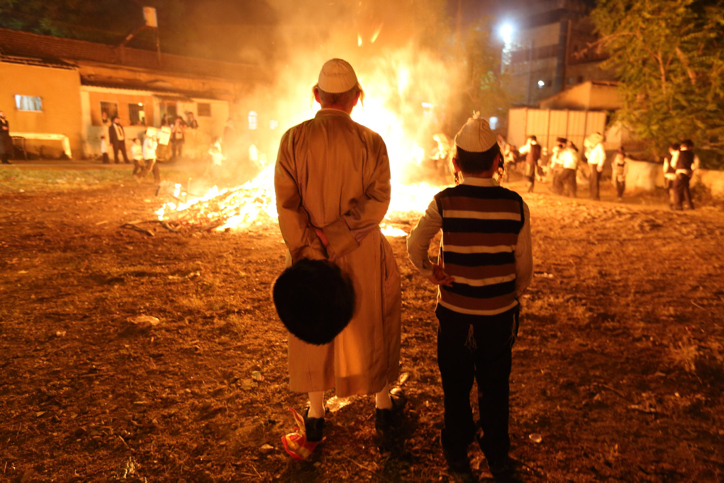Bonfires are traditionally lit on Lag B’Omer to symbolize the spiritual light brought into the world by mysticist Rabbi Shimon Bar Yochai, who passed away that day in 160 CE.
By Aaron Sull, World Israel News
A prominent feature of the upcoming festival of Lag B’Omer is the bonfires. And in Israel, groups of people singing and dancing joyously around a bonfire is an amazing sight to see.
With still no vaccine available for the highly contagious coronavirus, the government voted to ban Lag B’Omer bonfires throughout the country in order to prevent large gatherings.
In addition, the Mount Meron tomb of Rabbi Shimon Bar Yochai, a central figure connected to the holiday, will be shuttered from May 7 until May 13 to ensure no one will be tempted to travel to the pilgrimage site.
However, as a symbolic tribute to the holiday, a special allowance was given for three Lag B’Omer bonfire celebrations to take place on Mount Hermon. Each gathering is limited to a preselected list of 50 people with an equal representation of women to men.
Normally hundreds of thousands of Israelis make a pilgrimage to Mount Meron in the Upper Galilee every Lag B’Omer to visit the grave site of Rabbi Shimon Bar Yochai.
According to tradition, Bar Yochai’s death occurred on Lag B’Omer, translated as “the 33rd day of the Omer,” which, according to the Hebrew calendar, is on the 18th day of the month of Iyar and this year falls on Monday night. The day, ironically, also marks the end of a plague that led to the death of 24,000 students of Rabbi Akiva. Bar Yochai is considered Rabbi Akiva’s greatest disciple.
The Omer in Jewish religious law refers to a period of seven weeks that are counted out loud starting from the second night of Passover and ending at the Jewish Festival of Weeks, known as Shavuot.
Bonfires are traditionally lit to symbolize the spiritual light brought into the world by Bar Yochai, who revealed the mystical secrets of the Bible while spending 12 years hiding in a cave from Roman persecution.



